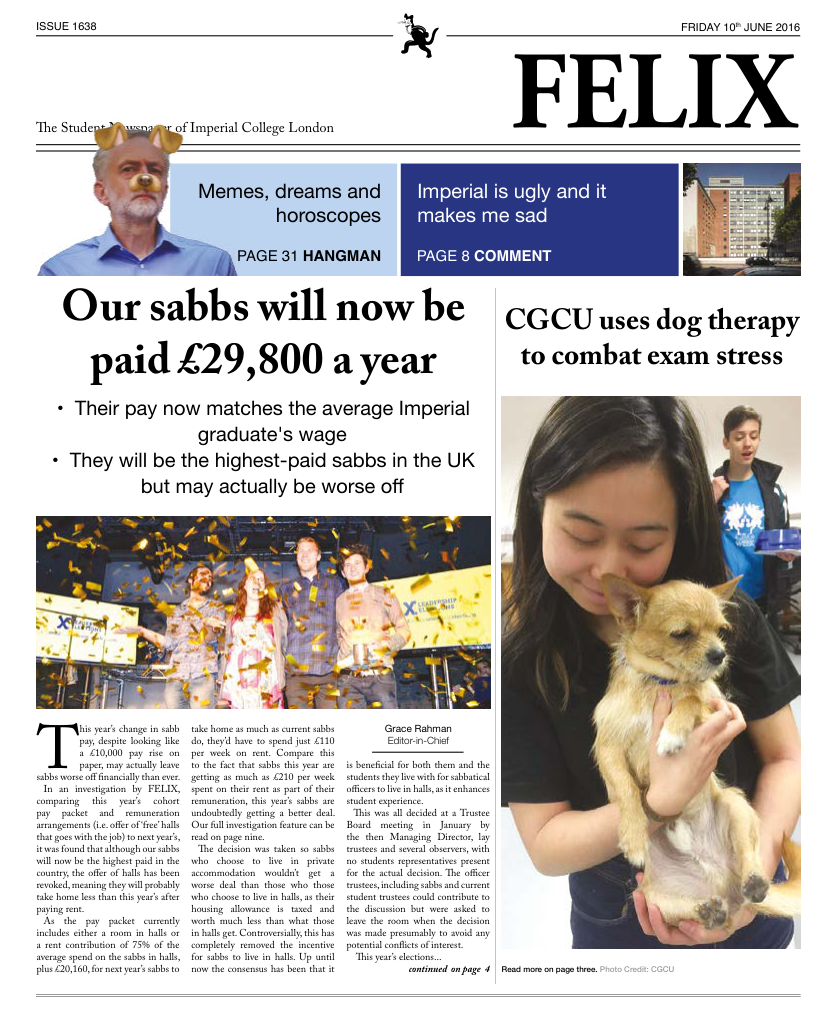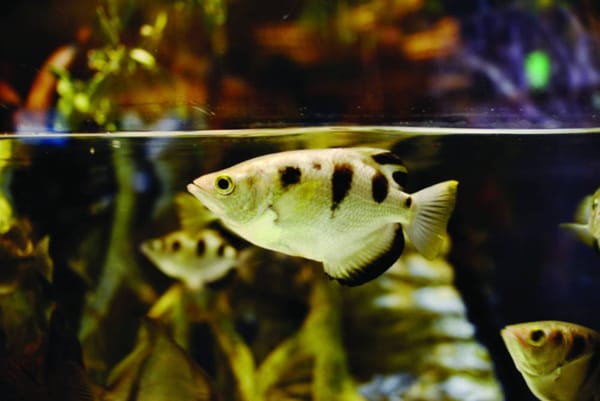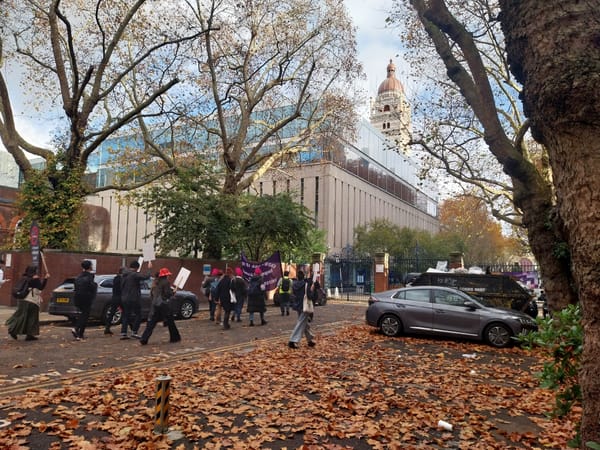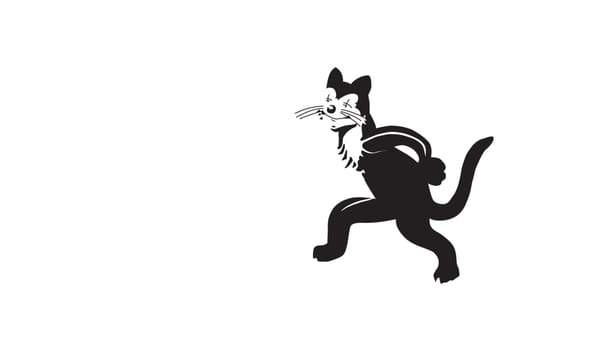Is there room for zoos in 2016?
In a post-Harambe world, should we still be paying to see animals in captivity?
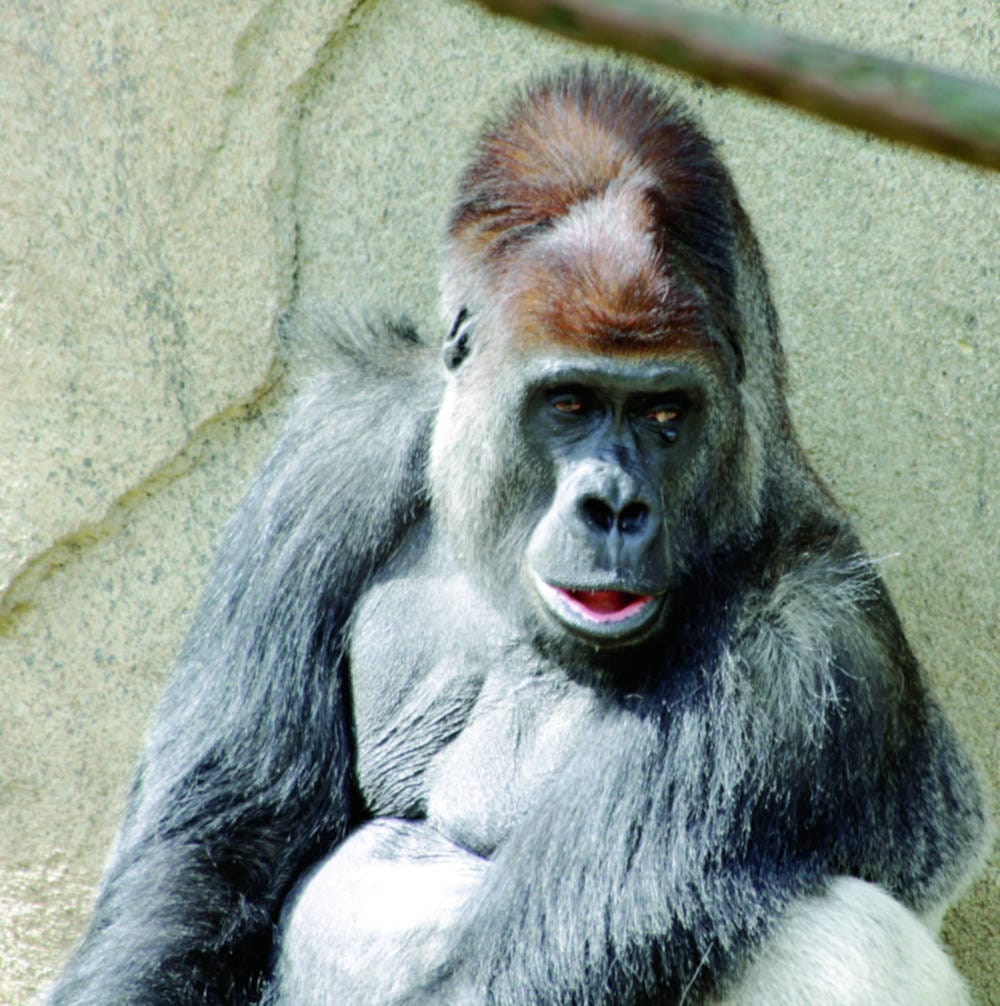
At the end of last month we witnessed the death of a lowland gorilla in Cincinnati Zoo. Harambe, who was put down during an attempt to rescue a four-year-old boy who had fallen into the enclosure. A week later and we’re still talking about the incident, debating who’s to blame. However, instead of playing the blame game, perhaps we should be talking about the role of zoos in the 21st century.
Animal collections have existed for thousands of years, yet the modern zoo is a 19th century invention, aiming to educate and inspire the public. However the biodiversity onslaught we started noticing in the 20th century, made the need for conservation apparent and in 1933 the World Association of Zoos and Aquariums produced its first conservation strategy. Today, conservation is not only a key element of the aims and objectives of most zoos, but also a key justification for keeping animals in captivity.
So what are the implications for zoos as institutions, when an invaluable member of a critically endangered species is put down? “It's really galvanised public support for questioning the purpose of these institutions,” say Elisa Allen, Associate Director at the People for the Ethical Treatment of Animals (PETA), UK. “What is this intelligent self aware animal doing in captivity for our entertainment?”
Many questions arise when considering the inner workings of zoos. How much of a zoo’s budget is allocated to scientific research, for example? The San Diego Zoo, the largest in the world, only spent 7.6% of its income on research and conservation in 2014. The London Zoological Society (ZSL) on the other hand spends approximately 20% of its income on research and conservation, as is illustrated by its 2014 annual report. Yet in both cases, most of these funds come from external grants. Of the £34.4 million that is generated by its animal collections, £31.1 million is pumped back into the ZSL's collections, to simply maintain them.
That wouldn’t be a problem if the collections contained mainly endangered species. But in reality they don’t. Less than a third of mammals within the London Zoo are endangered. The same goes for amphibians, with some species not even having been assessed yet.
“Ultimately we have to look at the root of the species declining and that always comes back to their habitats being destroyed. Zoos would be far better off spending their money and resources in protecting these wild populations” concludes Allen.
However, things are not that simple, as is pointed out by Rosi Stoycheva, a conservation biologist who has worked on many conservation projects across the country over the past five years.
“First many endangered species are in areas that are very remote. There are permits you need to get to remove these animals from the wild. You must consider if the animal will survive in the zoo environment and how many you can harvest from the wild to create a breeding population” says Stoycheva.
Indeed, the intricacies of endangered species’ conservation are illustrated through numerous examples of failed conservation attempts such as the extinction of the Sumatran Rhino from the Malaysian Peninsula when the five remaining captive individuals all died within 18 days from disease.
Other times, obstacles can be bureaucratic, with many well known as well as rumoured reintroductions being delayed due to governments getting cold feet.
“These are the issues that no one really thinks about. There are really intricate factors behind the scenes that people don’t understand and this is where a lot of the criticism stems from.”
Zoos might not be perfect, but they are an important conservation tool nonetheless. “You shouldn’t rely on just one measure to solve your problems,” concludes Stoycheva. “Without zoos there wouldn’t be as many species."


